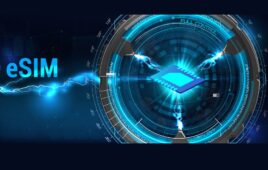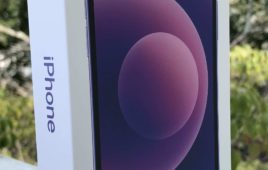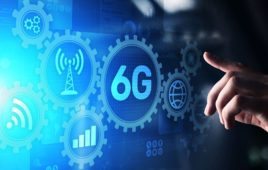AT&T has added Minneapolis and Chicago to its roster of 21 cities where the carrier plans to deploy 5G service this year.
5G will come to parts of the cities in the coming months, joining previously announced Las Vegas, Los Angeles, Nashville, Orlando, San Diego, San Francisco, and San Jose.
AT&T launched its commercial 5G network in limited urban areas of 12 cities late last year.
The announcement comes as part of an update roughly 50 days after AT&T launched its millimeter wave 5G network and began trialing service (dubbed 5G+) and a 5G-capable Netgear mobile hotspot with select customers. The carrier said it has been making incremental network and device improvements that resulted in early customers experiencing speeds between 200 – 300 Mbps, with some hitting 400 Mbps (though AT&T noted that figure does not represent average speeds which may be lower).
“Now that we’ve had a few weeks to let the network breathe and look at real world results, I’m very encouraged by what we’re seeing.” Jeff McElfresh, President, AT&T Technology Operations, in a statement. “We can’t wait to drive forward and bring 5G+ to even more consumers and businesses in the coming months.”
AT&T said lessons learned from its commercial 5G network have given the carrier a head start compared to competitors and reiterated that the company is on track to deliver a nationwide 5G network using sub-6 GHz spectrum in early 2020 (AT&T’s current 5G network uses 39 GHz millimeter wave spectrum). Rival T-Mobile has also committed to deploying a nationwide network in 2020, leaning on low-band 600 MHz spectrum.
5G-capable smartphones supporting mmWave bands are expected to launch in the first half of this year, followed by sub-6 GHz capable devices later in 2019.
Separately, AT&T this week announced field tests on the operator’s live 5G network that hit download speeds of 1.53 Gbps. A spokesperson said the test was conducted on a live 5G radio deployed in one of AT&T’s 5G launch cities, but declined to specify which one.
The test used a mobile form factor test device from Qualcomm and an Ericsson 5G NR radio. A release noted the trial was testing a software update. The AT&T spokesperson said trials in interoperability testing environments (IOT) with technology partners (both network and silicon providers) using 400 MHz of spectrum recently occurred, enabling the carrier to upgrade the network and use a test device with the latest software to achieve the faster speeds. The software release is based on 3GPP Release 15 September specs.
As AT&T pushes ahead with 5G efforts, the carrier has come under fire from rivals and media alike over marketing its LTE-Advanced network as ‘5G Evolution’ – including updating connectivity icons on smartphones to show ‘5GE’.
In the most recent development, Sprint last week filed a lawsuit in federal court seeking to bar AT&T from using the marketing label, alleging it amounted to deception, false advertising and an attempt to secure an unfair advantage in the 5G race.
AT&T plans to fight the lawsuit and has defended its use of the label, saying the company clearly defined ‘5GE’ “as an evolutionary step to standards-based 5G.”




